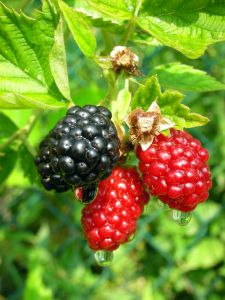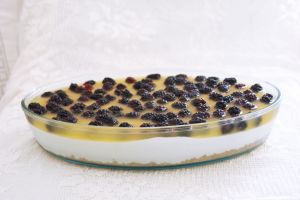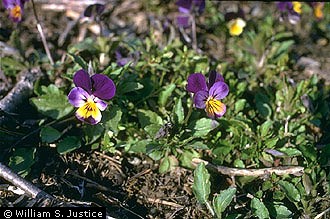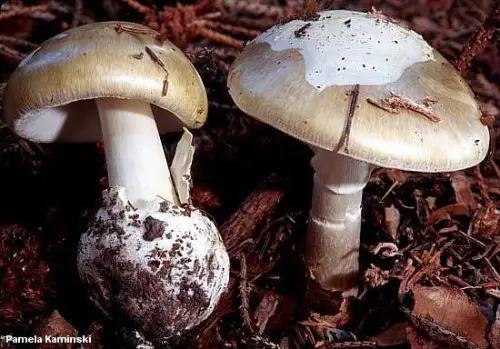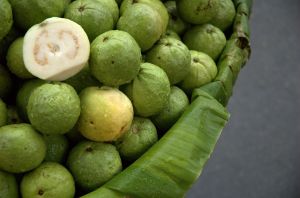Blackberry
The blackberry is a well known edible fruit that is produced by several species that is part of the Rubus genus. Botanically speaking, the blackberry is not a ‘real berry’ as it an aggregate fruit. The blackberry is a perennial plant which has biennial stems (also known as canes) from a perennial root system.
When the blackberry plant grows its first stem called the primocane, it can grow to its full length. It can be as tall as 9 metres, but usually it is just about 3 to 6 metres. This primocane will trail or arch itself along the ground. Its leaves are large, with 5 to 7 leaflets but it does not produce any flowers in its first year of life. It is only when the blackberry plant is in its 2nd year, that the cane does not grow longer but it does produce flower buds. The primocane then becomes a floricane because of this. Flowers blood in the late spring to early summer. Each flower is about 2 – 3 cm in diameter, and have 5 pink or white petals.
If a mature blackberry plant is unmanaged, it will form a tangle of arching stems. It can grow both rapidly and vigorously in scrub land, woodland, hillsides, and hedge grows. It can also grow in poor soils such as ditches, wastelands, and vacant lots.
Oregon, USA is the the primary area of blackberry cultivation. It was recorded in both 1995 and 2006 that Oregon is the world’s leading blackberry producer. Farmers in this state grow about 6,180 acres – 6,900 acres worth of blackberries, which results in 42.6 – 41.5 million pounds worth of blackberries produced. Other nations that produce a high volume of blackberries include Mexico and Serbia.
The blackberry fruit is soft and tastes a bit tart. They are used to make jams, jellies, desserts, wines, crumbles, and pies. There is some evidence that the Haralskaer Woman from the Iron Age (around 2500 years ago) ate blackberries, so it is thought that blackberries have been eaten by human beings for thousands of years. Blackberries contain polyphenol antioxidants, and its roots are used in herbal medicine to treat dysentery and diarrhoea.
In New Zealand, Chile, Australia, and the Pacific Northwest area of North America, there are some blackberry species that are considered a threat to the natural environment. Unfortunately they are invasive and a serious weed.
In the United Kingdom, there is a superstition that blackberries should not be picked on the 29th of September. This day is called Michaelmas. As the superstition goes, the devil claimed them by urinating on them, which is why there will be a mark on the blackberry plant’s leaves. Although this sounds like a far-fetched tale, there is some truth to this superstition. This is because the weather is usually cooler and wetter after this date, so the fruits become infected with mould such as Botryotinia. This gives the fruit an unpleasant look and may be toxic to eat.
